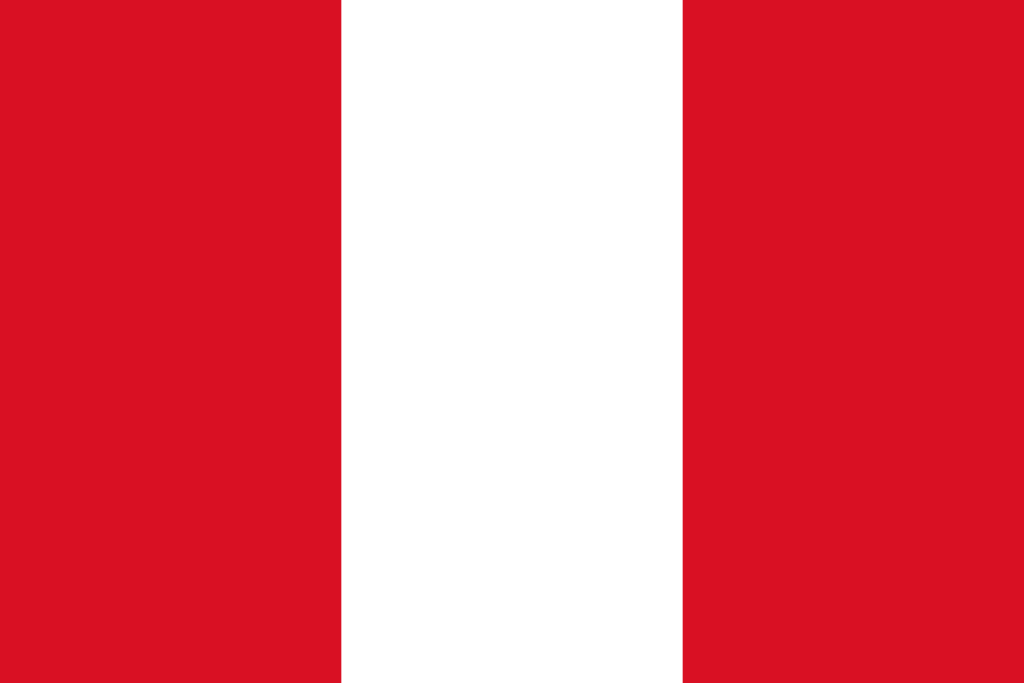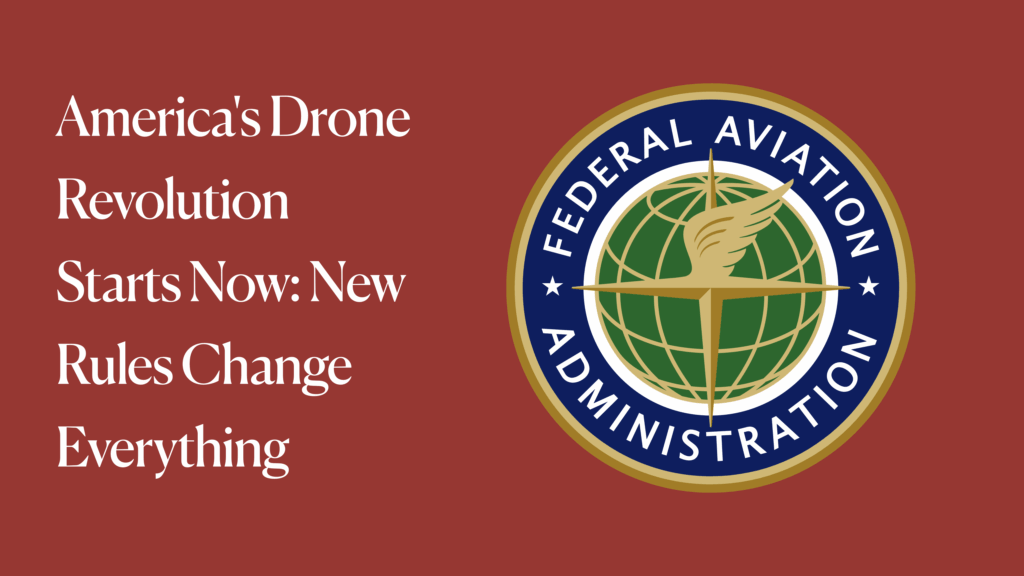Drone Laws in Peru
Hobbyist Drone Laws For Residents of Peru
Drone Operations in Peru are currently regulated.
- Hobbyist drone flights are allowed in Peru
- Hobbyist Peru drone pilot license is required
- Hobbyist Drone registration is required in Peru for hobbyists
- Drone Remote ID is not required in Peru for hobbyists
- Drone Insurance is not required but recommended for hobbyists’ drone operations in Peru
Read below for more details on Hobbyist Drone Laws in Peru and to find links to regulators and other credible sources!
Agencies Responsible for regulating drones in the Republic of Peru
Drone Regulator in Peru: Peru’s Directorate General of Civil Aeronautics (DGAC)
Link to Peru Drone Laws Notice: Peru Drone Notice
UAS Laws – General rules for flying drones in Peru
The Peruvian agency responsible for drone safety, DGAC, has provided several internet-accessible details on flying for fun or work. The highlights are enumerated below. For more details, go to the link above.
Are drones allowed in Peru?
Here are the most important rules to know for flying a drone in Peru:
To operate a remotely piloted aircraft (RPA), also known as a drone, it is necessary to meet certain requirements, reported the General Directorate of Civil Aeronautics (DGAC) of the Ministry of Transport and Communications (MTC).
Per the Complementary Technical Standard (NTC 001-2015) provisions, these technological devices are subject to Peruvian aeronautical legislation. That is why any person or organization wishing to fly over a unit of this type must complete three procedures (The procedure is carried out virtually at https://mpv.mtc.gob.pe/):
- Register it. The drone operator will request a registration card from the Directorate of Certifications and Authorizations of the DGAC, in which he will record the equipment’s data. This document is requested in person at the MTC headquarters (Jr. Zorritos 1203, Cercado de Lima) or the Citizen Service Centers that the sector has in the regions. This process takes 48 hours.
- Accredit the pilot. The DGAC will qualify a citizen as a drone operator if trained and certified by a Civil Aviation Training Center or an aero-sports institution accredited by the ministry. You must pass the theoretical evaluation taken by the Aeronautical Licensing Coordination. For pilot accreditation, the applicant must be of legal age and have passed the aeronautical knowledge exam with a minimum score of 75%. This is the test agenda: https://acortar.link/cIEnEi. In the following link, you will find the civil aeronautical instruction centers authorized to provide training for the exam: https://acortar.link/qeF7mB
- Request permission to fly over. There is no restriction for overflight in rural areas. However, if you want to manipulate a drone in an urban area, the pilot must request a permit from the MTC in advance. The document must be entered by the parties table -addressed to the DGAC- indicating the date, time, and coordinates in which he will use the device.
Compliance with these requirements guarantees the safety of people and prevents interference in the operations of airspace users and damage to private property.
The overflight of drones in restricted areas, such as the Government Palace, military areas, airports, archaeological centers, and protected natural areas, is prohibited unless authorized by the corresponding entities.
- Do not fly your drone beyond your line of sight.
- Do not fly for more than one continuous hour.
- Do not fly at night or in bad weather conditions without clear visibility.
- Do not fly higher than 500 feet.
- Maintain a distance of at least 30 meters (98 feet) horizontally and 20 meters (65 feet) vertically from any obstacle, such as persons, objects, or buildings.
- Do not fly over people or large crowds.
- Do not fly within 4 kilometers (2.5 miles) of airports.
- Do not fly within 30 meters (98 feet) of any road infrastructure.
- Do not fly at speeds faster than 160 kph (100 mph).
- The drone cannot throw or drop objects without specific authorization from the DGAC.
Registration Requirements for Flying a Drone in Peru
The drone operator will apply to the DGAC Certification and Authorization Directorate for a registration card on which they will record the equipment’s data. This document may be obtained at the MTC’s headquarters (Jr. Zorritos 1203, Cercado de Lima) or the sector’s regional Citizen Service Centers. This is a 48-hour procedure.
Following submission of the application, if approved, you will be issued a registration card, which should be carried at all times.
Notes for recreational drone pilots flying for fun in Peru
If you avoid restricted or controlled airspace, you do not need a license to fly your drone recreationally in Peru.
You must follow the following rules:
- Always keep your drone’s manual on hand and avoid urban areas and crowds (you might be authorized if your drone weighs less than 6 kg and is equipped with a drone parachute).
- At a maximum altitude of 152 meters and always within visual range.
- Only during daylight hours and in good weather.
- At a top speed of 161 kilometers per hour, retaining at least 20% of your battery’s charge during landing.
- A drone weighing less than 25 kilograms (if heavier than 2 kg, you must register it first).
- Thirty meters away from any structure or infrastructure, including roads, rails, and energy plants; 30 meters away from crowds or congested areas; and 30 meters from urban areas.
- At least four kilometers from public airports, yielding to all other aircraft types.
- Away from areas where its use could jeopardize the work of law enforcement or first responders.
- avoiding highly sensitive areas, such as government or military installations
Follow the general rules listed above, but check for updates by visiting the regulator’s links provided.
Drone Regulations For Visitors To Peru
Drone Operations in Peru are currently regulated.
- Foreign visitor drone flights are allowed in Peru
- Foreign visitor drone pilot license is required
- Drone registration/authorization is required in Peru for visitors/tourists
- Drone Remote ID is not required in Peru for tourists
- Drone Insurance is not required but recommended for tourist drone operations in Peru
Read below for more details on Drone Laws in Peru for Visitors (Tourists) and to find links to regulators and other credible sources!
Note for Foreign Operators
If you’re traveling to Peru and intend to bring your drone, the DGAC recommends the following special considerations for foreign visitors who wish to fly drones:
- If you intend to fly commercially, you must obtain a certificate. This procedure is described below.
- When entering Peru, you must declare your UAV(s) and pay a VAT or tax based on the value of your drone on your customs form (usually about 18 percent).
- You will receive a receipt enabling you to claim back the VAT upon exiting the country.
- A USD 250 fine may be imposed if you fail to declare your drone at customs.
Commercial Drone Laws For Residents of Peru
Drone Operations in Peru are currently regulated.
- Commercial drone flights are allowed in Peru
- Commercial Peru drone pilot license is required
- Commercial Drone registration is required in Peru for commercial drone operators
- Drone Remote ID is not required in Peru for Commercial Drone Operators
- Drone Insurance is not required for commercial drone operations in Peru
Read below for more details on Commercial Drone Laws in Peru and to find links to regulators and other credible sources!
Notes for operating Commercial Drone Services in Peru
Several steps are involved, as you will need to register your drone and obtain an operator’s license to fly it in Peru.
Most of the process is time-consuming and manual, resulting in significant delays in getting all the paperwork required.
The process requires sending an email/letter to the General Directorate of Civil Aviation.
If you’re flying a drone for recreational purposes and weigh less than 2 kg, you’re exempt from the registration requirement.
If you are unsure, you can contact or email rpas-dgac@mtc.gob.pe directly. To complete the registration process, you will need the following documents:
- a duplicate of the company’s certificate of incorporation (if applicable)
- a copy of the manual for your drone and a photograph of the device (jpg only)
Note that the registration process will take approximately 30 days, and a fee is associated.
After completing the registration process, you will receive a registration card.
Follow the general rules listed above, but check for updates by visiting the regulator’s links provided.
Drone Rules For Government Drone Operators in Peru
Drone Operations in Peru are currently regulated.
- Government drone flights are allowed in Peru
- Government drone pilot license is required
- Drone registration is required in Peru for Government operations
- Drone Remote ID is not required in Peru for Government operations
- Drone Insurance is not required for Government drone operations in Peru
Read below for more details on Drone Laws Peru for Government Drone Operations and to find links to regulators and other credible sources!
Useful published information on flying drones in Peru
Here is a sample of what you might expect if you follow the drone laws and fly in Peru…
Authoritative Sources of Information on Peru Drone Laws
We will attempt to keep an updated list of online authoritative links to regulators and other official websites here:
- Drone Regulator Website: Peru’s Directorate General of Civil Aeronautics (DGAC)
- Link To SUAS Laws: Peru Drone Notice
- No Fly Zone Maps/Locations: N/A
- UAV Registration Site: Drone Registration Site
- Drone Operator Licensing Site: N/A
- Others: N/A
NOTE: This page is about the Regulation of Unmanned Aerial Vehicles: Small Unmanned Aerial Systems (SUAS), Small UAS, Remote Piloted Aerial Systems (RPAS), unmanned aerial vehicle (UAV), Unmanned Aerial System (UAS), and drone are interchangeable terms unless specified. Model Aircraft, toy, remote-controlled, and RC aircraft may be covered by the same regulations unless specified.
Find out why
We think you must use a Drone Preflight Checklist
And a Drone Post-flight checklist
Free Drone Flight Checklist PDF
This Drone Flight Checklist is better than others.
It’s free!
It includes both the preflight checklist and post-flight checklist
It’s an easy-to-use printable PDF that covers all your bases.
Traveling with a Drone?
Click here to read our Comprehensive Guide For Traveling With A Drone.
LET US CONNECT YOU
Calling All Drone Service Companies, Trainers, Tour Guides with Drone Experience
Contact Us with your website, email address and phone number using our Contact Page
We want to share your information with visitors who look for credible providers that follow the rules.
NOW IT’S YOUR TURN

![The Andes, Peru ???????? - by drone [4K]](https://drone-laws.com/wp-content/cache/flying-press/c4e753b722c25fdb5c99575233d0b137.jpg)



Leave a Comment